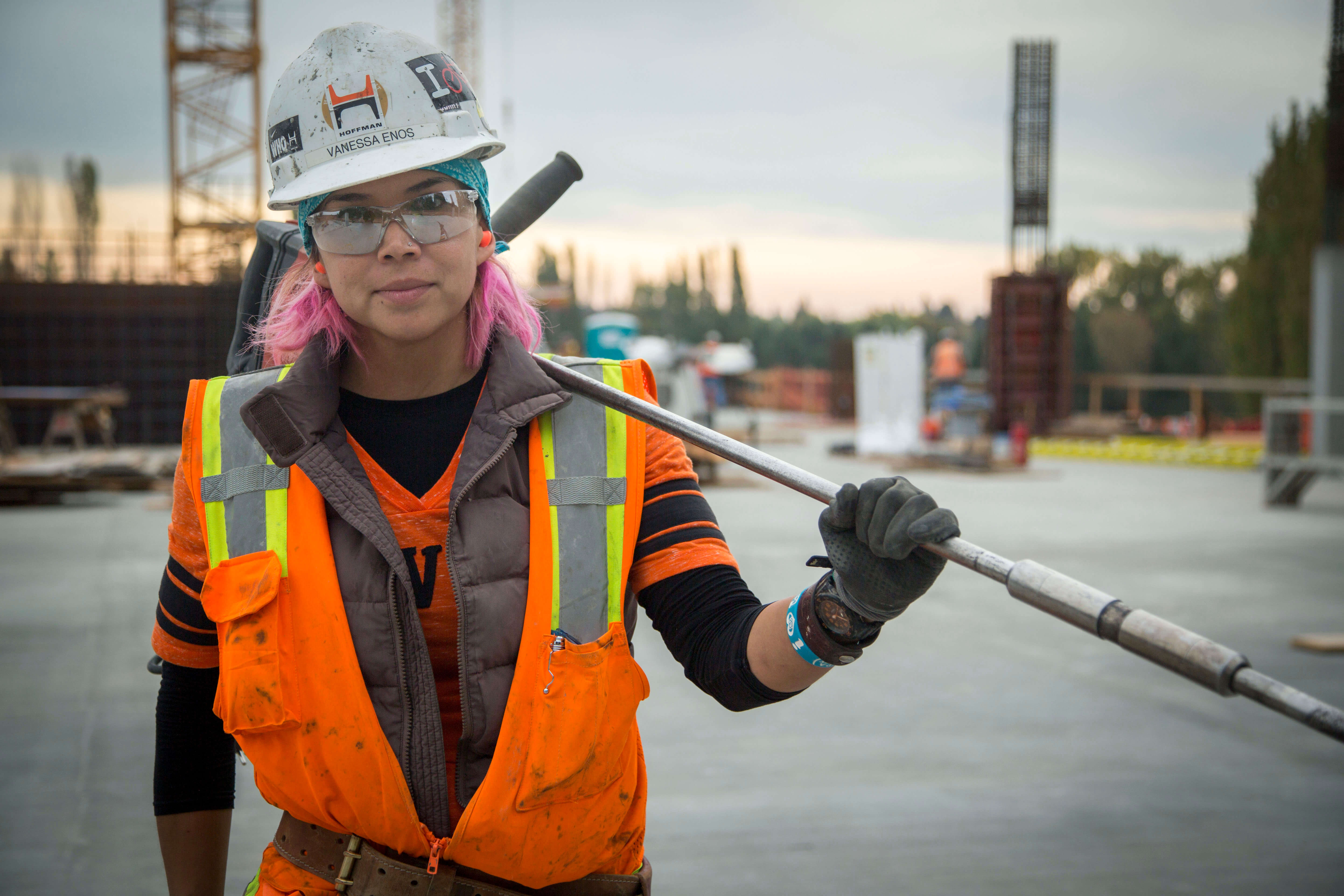 Since World War II, the U.S. government has recognized women’s knack for the skilled trades. As Uncle Sam pointed men, and some women, to the battlefields, Rosie the Riveter steered women to the munitions factories. Today, women are again encouraged to enter the skilled trades to help alleviate labor shortages. As Tulsa Welding School underscores in this graphic, women also have much to gain by donning a welding helmet or tool belt: higher wages than traditionally female-dominated trades, career advancement, and fast and affordable training.
Since World War II, the U.S. government has recognized women’s knack for the skilled trades. As Uncle Sam pointed men, and some women, to the battlefields, Rosie the Riveter steered women to the munitions factories. Today, women are again encouraged to enter the skilled trades to help alleviate labor shortages. As Tulsa Welding School underscores in this graphic, women also have much to gain by donning a welding helmet or tool belt: higher wages than traditionally female-dominated trades, career advancement, and fast and affordable training.
Government positions can offer even more when it comes to benefits and satisfaction. Read on for career facts about three government skilled trade jobs: welding, HVAC installation, maintenance, and repair, and electrical work.
HVAC Technicians
HVAC technician jobs are set to grow by 14% up to the year 2024. As an HVAC technician, you would be tasked with handling the installation, repair, and maintenance of heating and cooling units. As you gain experience and further your training, you could enter management roles. Alternatively, you could boost your job prospects by learning about eco-friendly HVAC equipment and technology.
Across the country, HVAC technicians earned a mean annual wage of $47,380 in 2014, according to the Bureau of Labor Statistics. Blue-collar workers employed by the federal government earned a mean annual wage of $52,624 in 2013.
Welders
The American Welding Society predicts a shortage of 400,000 welders by the year 2024, so those who have training and experience in this profession will likely find job opportunities to be plentiful in the near future. Manufacturers, specialty trade contractors, and repair and maintenance companies typically hire welders; however, numerous federal government institutions also need good welders. Recent statistics show that the government agencies that hire the largest number of welders are the Coast Guard, Federal Prison System, Forest Service, Veteran’s Health Administration, and the Bureau of Customs and Border Protection. Pay varies depending on which agency you work with; however, the average annual wage for government welders stood at $59,934.38 in 2014.
Electricians
There are a number of careers related to electrical work. You could work as an electrician and receive additional schooling to become a project manager or a project engineer. Demand in this field is set to grow by 14% up to the year 2024.
Federal government jobs are also available for electricians. The U.S. government currently employs more than 14,500 workers in jobs related to electrical work: options include working as a high voltage electrician, electronics technician, electrical engineer, and electronic technician. The national average annual wage for an electrician came to $55,590 in 2014, notes the Bureau of Labor Statistics; however, electricians working for the federal government earned an average annual wage of $59,332 in 2014.
High Career Satisfaction
A recent survey notes that up to 80% of government employees are pleased with their retirement package and health insurance benefits. What is more, government employees may get anywhere from two to four weeks of vacation time per year. Other benefits include great job security, satisfaction with bosses and the work required, promotion opportunities, coworkers, compensation, and workplace safety. Just as importantly, federal government employees have a high level of job satisfaction that comes with the ability to make their part of the world a better place.
If you are looking for a career option with good pay, excellent benefits, and plenty of job opportunities, then a skilled trade may be just right for you. Women of all ages can receive training and find employment in welding, electrical work, HVAC work, pipefitting, and many other trades. If you already have training and are looking for good employment opportunities, you may want to consider a job opening with the federal government. As surveys and statistics suggest, there is much to take advantage of when working for the federal government.



